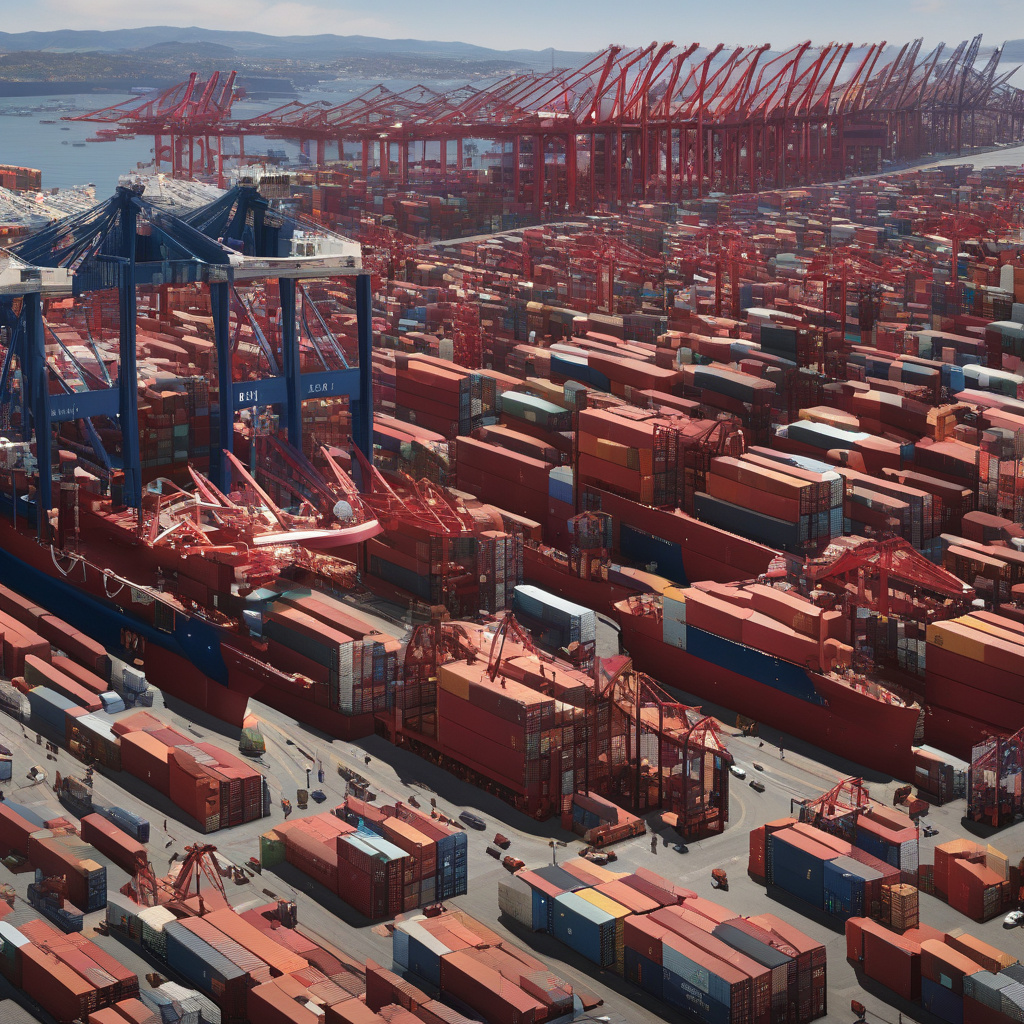Trump Installs 10% Baseline Tariff, Country-Specific Duties
In a bold move that could reshape the landscape of international trade, President Donald Trump has announced the implementation of a 10% baseline tariff on a wide array of imported goods. This new policy includes country-specific duties aimed at countries like China and Japan, which have been accused of imposing tariffs on American products that are significantly higher than those levied on their goods entering the U.S. market.
The White House’s calculations suggest that this new tariff structure is designed to level the playing field for American manufacturers and businesses, which have long argued that foreign competitors benefit from unfair trade practices. By imposing a baseline tariff, the Trump administration is taking a decisive step toward protecting domestic industries and ensuring that American products can compete more effectively in an increasingly globalized marketplace.
The rationale behind the 10% tariff is straightforward: the administration believes that by charging tariffs that are only half of what these countries charge the U.S., it will encourage fairer trading practices and drive down the trade deficit that has plagued the U.S. economy for years. For instance, if China imposes a 20% tariff on American goods, the U.S. will respond with a 10% tariff on Chinese imports. This retaliatory stance is expected to pressure foreign governments to reconsider their tariff structures, potentially leading to more balanced trade agreements.
However, the implications of this tariff policy extend far beyond simple calculations of fairness. Import taxes can have a ripple effect on various sectors of the economy, impacting prices for consumers and businesses alike. For example, industries that rely heavily on imported materials, such as electronics and automotive manufacturing, may face increased costs as a result of the new tariffs. This could lead to higher prices for consumers, which might stoke inflationary pressures in the economy.
Moreover, the 10% baseline tariff could provoke retaliatory measures from affected countries. In the past, trade disputes have escalated into full-blown trade wars, where each side imposes additional tariffs in response to the other’s actions. For instance, when the Trump administration previously imposed tariffs on steel and aluminum imports, several countries, including Canada and Mexico, responded with their own tariffs on U.S. goods. Such tit-for-tat measures can ultimately harm not only the countries directly involved but also consumers and businesses worldwide.
The complexity of international trade means that the impact of tariffs is often unpredictable. Economists warn that while the intention behind the 10% baseline tariff may be to protect American jobs and industries, the actual outcome can be quite different. It is essential to consider potential job losses in industries that depend on global supply chains. For example, if a U.S. manufacturer relies on imported components to assemble products, increased costs from tariffs could lead to downsizing or even relocation of operations to countries with lower production costs.
In addition, trade relations with key allies could be strained. Countries like Japan, which has historically been a strong trading partner with the U.S., may find themselves at a crossroads. The new tariffs could lead to negotiations that sour long-standing relationships, resulting in broader economic consequences.
Despite these potential pitfalls, the Trump administration remains committed to its stance on tariffs as a means of fostering economic growth and job creation. The administration emphasizes that the goal is not simply to collect revenue through tariffs but to stimulate domestic production and ensure that American workers are not at a disadvantage in the international marketplace.
For businesses, the introduction of the 10% baseline tariff presents both challenges and opportunities. Companies that adapt quickly to the changing landscape may find ways to capitalize on new market dynamics. For instance, businesses that can shift their supply chains to domestic sources or forge partnerships with U.S.-based suppliers may benefit from reduced exposure to tariffs. Additionally, companies that manufacture goods in the U.S. may see increased demand as consumers become more aware of the benefits of buying locally-produced products.
The political ramifications of this tariff policy cannot be overlooked either. With the presidential election looming, the administration’s approach to trade could play a crucial role in shaping voter sentiment. Many Americans, particularly in manufacturing-heavy regions, may view the tariffs as a necessary step toward revitalizing the economy and protecting their jobs. However, others may express concern over rising prices and the potential for a trade war, which could influence their voting decisions.
As the U.S. moves forward with the implementation of the 10% baseline tariff and country-specific duties, stakeholders across the spectrum—manufacturers, consumers, and policymakers—will be closely monitoring the effects. The outcome of this pivotal economic strategy could redefine America’s position in global trade and set the tone for future negotiations with international partners.
In conclusion, while the introduction of tariffs may aim to bolster American industries, the broader economic implications must be carefully considered. The potential for retaliatory measures and the impact on consumers and businesses underscore the complexities of trade in a globalized world. As the situation unfolds, it will be crucial for all parties involved to navigate these changes with a focus on finding solutions that promote fair and equitable trade practices.
#Tariffs #TradePolicy #Economy #InternationalTrade #TrumpAdministration
